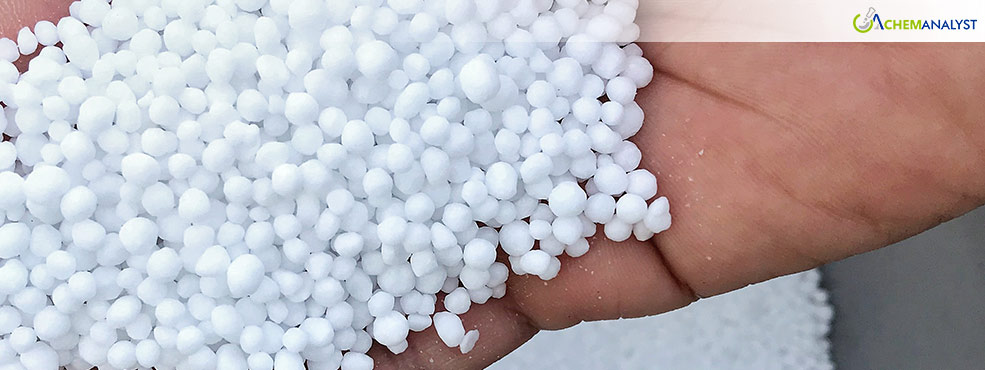MIT Researchers Develop Novel Method to Create Ammonia from Rock
- 23-Jan-2025 9:30 PM
- Journalist: Kim Chul Son
A team of researchers at the Massachusetts Institute of Technology (MIT) has devised a groundbreaking approach to producing ammonia, a key ingredient in fertilizers, without the use of traditional fossil-fuel-powered plants. This new method leverages the earth's natural resources as a giant chemical reactor, harnessing heat, pressure, and minerals found underground to create ammonia in an efficient and emissions-free way.
Currently, ammonia production is a significant contributor to greenhouse gas emissions, accounting for the largest portion within the chemical industry. The traditional method, the Haber-Bosch process, necessitates high temperatures and pressures, making it energy-intensive and reliant on fossil fuels.
MIT's team proposes a solution that injects water carrying a nitrogen source and metal catalyst particles into iron-rich rock formations deep underground. This water reacts with the iron to generate clean hydrogen, which subsequently combines with nitrogen to form ammonia. A separate well then pumps the ammonia to the surface for collection.
This process holds immense promise for reducing greenhouse gas emissions. While ammonia itself is carbon-free, the Haber-Bosch process emits significant CO2 due to the way hydrogen is typically produced, often through the breakdown of methane gas. The MIT team's method addresses this by generating hydrogen directly from geological formations, eliminating the need for fossil fuels.
"We can use the Earth as a factory to produce clean flows of hydrogen," explains Iwnetim Abate, a professor of materials science and engineering at MIT and a key researcher on the project.
Another advantage of this approach is that it bypasses the challenges of capturing and storing hydrogen, which is notoriously difficult due to its tiny molecules. By converting hydrogen into ammonia underground, the researchers can leverage existing infrastructure for transporting and handling ammonia, which is significantly easier and cheaper.
The MIT team's method also presents an opportunity to address wastewater management. Untreated wastewater, rich in nitrogen from agricultural runoff, could potentially serve as the water source for ammonia production.
"We can tackle the problem of treating wastewater, while also making something of value out of this waste," says Abate.
The project has received positive feedback from experts in the field. Yet-Ming Chiang, a professor and co-director at MIT, highlights the novelty of this approach: "I do not think there has been any previous example of deliberately using the Earth as a chemical reactor."
Professor Elsa Olivetti, a Mission Director of the newly established Climate Project at MIT, applauds the team's creativity, emphasizing its potential impact. "The creative thinking by this team is invaluable to MIT's ability to have an impact at scale," she says.
While the technology is still in its early stages, the initial findings are promising. The research team is confident that they can test the process in a real-world underground setting within the next one to two years. They have also filed for a patent and are working towards scaling the technology for commercial use.



